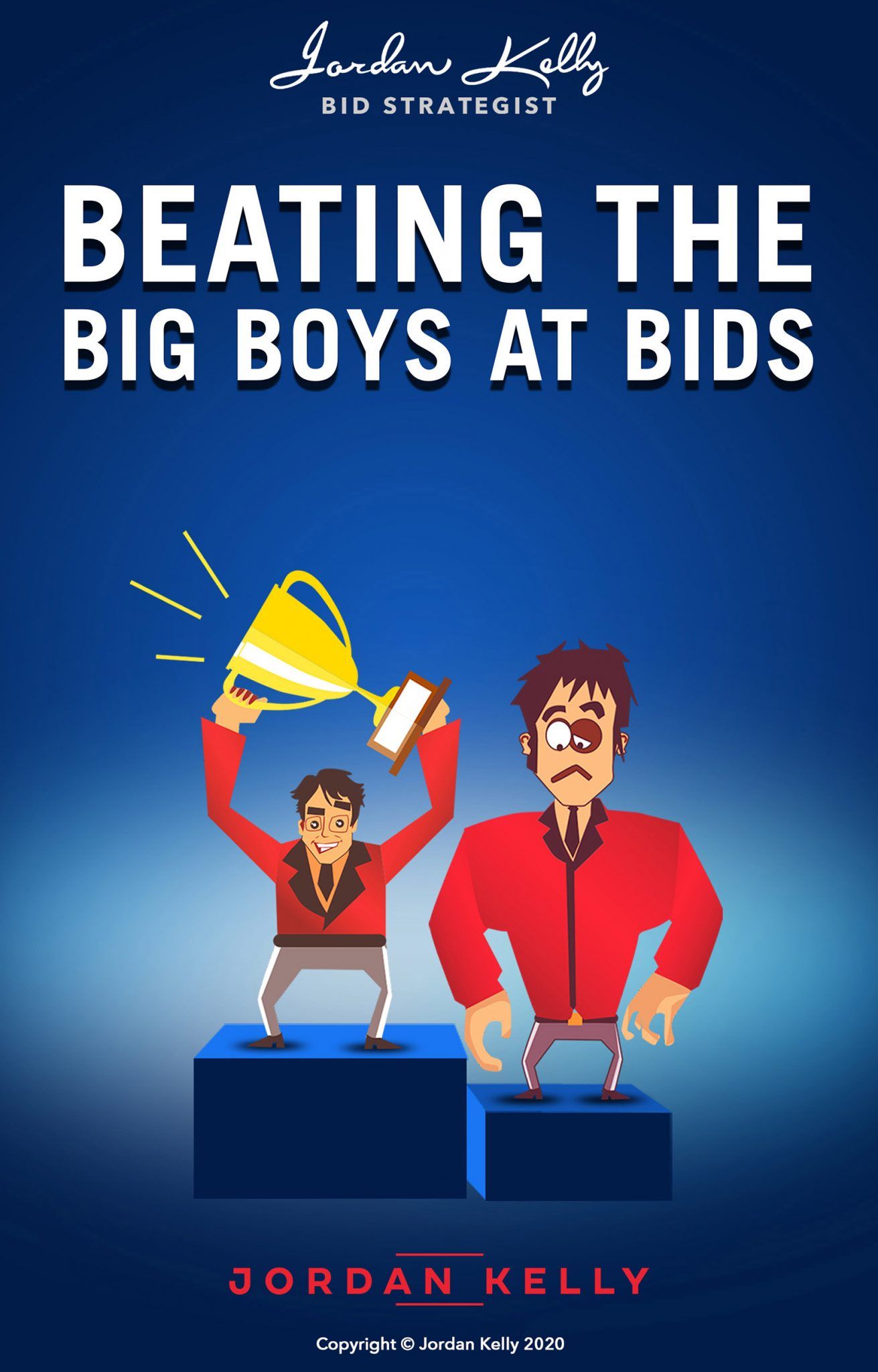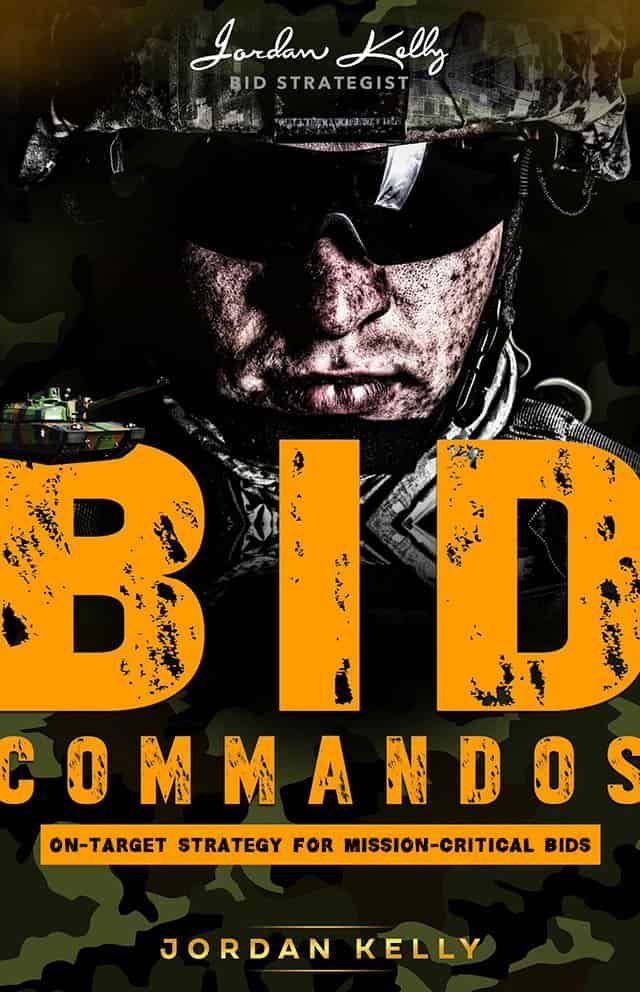CATEGORIES:

As tenderers, we’re acutely aware of the first half of the evaluators’ role: to identify the best match for the target client’s needs (and to do so within reasonable budgetary parameters).
However, because we’re so engrossed in producing a bid which will convince them that we are that “best match”, we often overlook the second half of the evaluators’ job: to justify their selection. It’s actually two different processes . . . at the very least at the level of the subconscious.
This is where the savvy bid team goes further than its competitors . . . by providing ready-made ammunition for the evaluators when they are asked to support their recommendations.
Whether they are consultancies who must answer to their clients, or engineers and technicians who must answer to senior executives, or senior executives who must answer to their boards, or politicians who must answer to their constituencies, all selectors – at some point – will have to present a case for their decision.
It behooves you and your bid to help them.
The Principle in Action
Let’s take the following as a quick case study:
One of my clients – early in my specialisation in this field – embarked on a “must-win” bid for the telecommunications infrastructure subsidiary of one of Australasia’s major construction and engineering companies.
Although part of a huge group, the subsidiary itself was a relatively small, stand-alone operation. Its competition (widely viewed as the front-runner for the project) was a publicly-owned telecommunications behemoth.
My client won the contract – the largest win in the history of that small but highly progressive organisation.
Now . . . here’s the fascinating part: The media release announcing the decision told us everything we needed to know about why we’d been selected . . . and largely in our own words!
How had that happy result eventuated?
It eventuated not only because of the extensive (secondary and primary) research we conducted into the target client’s environment and the compelling strategy we formulated . . . but also because the way we articulated that strategy had resulted in highly credible, authoritative content.
This quality of content had instilled the selectors with the confidence not only to rely upon our information in making their decision, but also to communicate it onwards to their own key audiences.
Six Key Component Processes
Here we see the value of six prior processes, if conducted well:
1) Thorough and careful research at the secondary-source (i.e. indirect) level, in order to identify the big picture framework and parameters within which the procurement in question, sits.
2) Carefully planned and executed primary (i.e. client-facing) research, to identify the client’s greatest priorities, concerns and other “hot buttons” – both those openly voiced, and those held at a deeper, lesser articulated level.
3) Unadulterated pull-through and documentation of the findings of these research exercises and activities.
4) Formal documentation of the bid strategy – the bid’s “blueprint”, if you will. (This is immeasurably superior to the standard practice of throwing up bullet points on flip sheets, papering the workshop room walls with these, and then trusting that the “strategy” will shake itself out of the resulting mosaic . . . and ultimately leaving it to the writing team to figure it all out.)
5) Production of a writer’s guide, or writers' guides for each Section/Schedule of the Response, to (a) ensure the next level of “pull-through” i.e. from the strategy to the submission document, (b) to guide the required answers to each of the client’s questions, and (c) to provide key phrases and concepts for appropriate and strategic appearance within the context of each answer/Schedule.
6) Editing, check-back and executive approval of each Schedule, at each level of editing/approval (including senior executive) with direct reference back to both the Strategy blueprint and the relevant writer’s guide.
These six “macro-level” steps give you the very best chance of a client’s evaluation team reading your submission and feeling like they recognise themselves and their own inputs in your proposed offering or solution.
It is the degree to which you achieve this, that is the degree to which you feed them the fodder they need to support their selection . . . of you.
BID COMMANDOS
On-Target Strategy for Mission-Critical Bids
(Training Program)
BID COMMANDOS is my "blockbuster", comprehensive, 11-module training program.
It's intricately formulated to ensure your team excels at every stage of a formal bidding process . . . from the initial bid/no bid analysis, through research and intelligence-gathering, through the strategy development and documentation process, through strategic and compelling writing and competent editing, and on through the shortlistee presentation stage, right through to optimisation of client de-briefing session/s.
BEATING THE BIG BOYS AT BIDS

(Training Program)
Capitalise on the natural advantages of being a smaller, more agile - and potentially, more aware - operator than your corporate competitors.
A five-module training available for delivery in tandem with your team's preparation for, and participation in, any especially important bid . . . and preferably one that stands to see your enterprise increase its competitive ranking within your industry.
(Equally applicable for producing proactive proposals and participating in less formal processes.)



